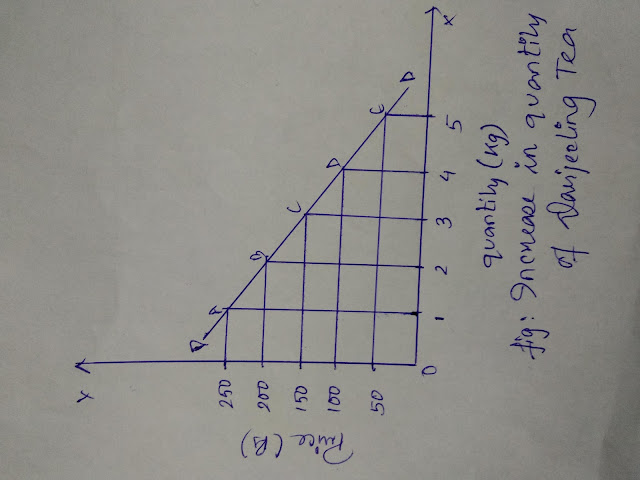Following are the most important factors that affects demand of a product:
1) TASTES: Tastes of the consumer is the most prominent factors that affects demand of a product. Different consumers have different tastes and preferences. The tastes and preferences depends upon their standard of living, habits, culture and fashion trends.
2) INCOME: Income of the consumer is another important factor that affects demand of the product. If a consumer has lower income, he will spend less for a product. The relationship between the income of consumers and demand of a product depends upon type of goods.
a) Normal goods: In case of normal goods, others things remaining equal, if income of the consumer increases, the demand of the product rises. And if income of the consumer decrease, the demand for the product will fall.
b) Inferior goods: In case of inferior goods, other things remaining equal, if the income of the consumer increases, the demand for the product falls. And if the income of the consumer decreases, the demand for the product rises.
3) PRICE OF RELATED GOODS: Related goods are of 2 types:
a) Substitute goods: Substitute goods are those goods for which, if there is an increase in price of one product there is an increase in demand for the other. And if there is decrease in price of one product, there is a decrease in the demand for other. For example: Maggi and Yippee.
b) Complementary goods: Complementary goods are those goods for which, if there is an increase in price of one product there is an decrease in demand for the other. And if there is decrease in price of one product, there is an increase in demand for other. For example: Bread and butter.
4) DISTRIBUTION OF INCOME: Distribution of income also affects the demand of the product. The demand of a product will be higher if the income is equally distributed. The demand for luxury goods will be higher in only high income society and in low income society will focus only on necessary goods.
5) EXPECTATIONS: Future expectations of consumers also determines the demand of the product. If a consumer is expecting a higher income next month, he will spend more money to buy a product. Then the demand of the product will increase.







